EXTERNAL | OMNIS CELLULA E CELLULA | Medizinhistorisches Museum Berlin
A room installation by Amelie Esterhazy. 10.09.-26.10.2025
Hörsaalruine, Berliner Medizinhistorisches Museum, Charitéplatz 1, 10117 Berlin
In the ruins of a former lecture hall, opened in 1899 by the pathologist Rudolf Virchow and badly damaged in the Second World War, unfolds the spatial installation „Omnis Cellula e Cellula“ by Amélie Esterhazy. The place - once the centre of medical teaching, now scarred by destruction - provides the framework for a work that takes up concepts of change and continuity.
The starting point of the work is Virchow's insight „omnis cellula e cellula“ – each cell arises from a different cell. Esterházy develops this into a floating sculpture made of transparent fabric, which stretches as a fragile yet precise structure through the ten-meter-high space of the ruins. In its form, sculpture responds to light and movement: lines open, points shift, a shell grows towards the body. Oscillating between geometry and organicism, order and change, sculpture becomes a model for constant transformation, for what remains in the process of changing. In it, man does not appear as an isolated self, but as part of a breathing structure: permeable, connected, exposed. In the sculpture, the cell as the smallest unit becomes a metaphor for continuity – for a continuous becoming that does not separate, but connects.
Amelie Esterházy is a German visual artist who lives and works in Berlin. Since 2008 she has been developing a diverse body of work that includes sculptures, installations, drawings, works on paper and video works. In her artistic practice, Esterházy often combines biological and mathematical principles with poetic sensitivity. She has taken part in numerous national and international exhibitions, including in Jeddah (Saudi Arabia), Arco Lisbon and in Munich at the Center for Advanced Studies at the LMU. Esterházy is also involved in curatorial work in Berlin: She runs the OPEN Berlin project space and has organized exhibitions there with artists*such as Alicja Kwade, Katharina Sieverding and Gregor Hildebrandt.
Text by Berliner Medizinhistorisches Museum.
More information on the bmm website: https://bmm-charite.de/ausstellungen/omnis-cellula-e-cellula

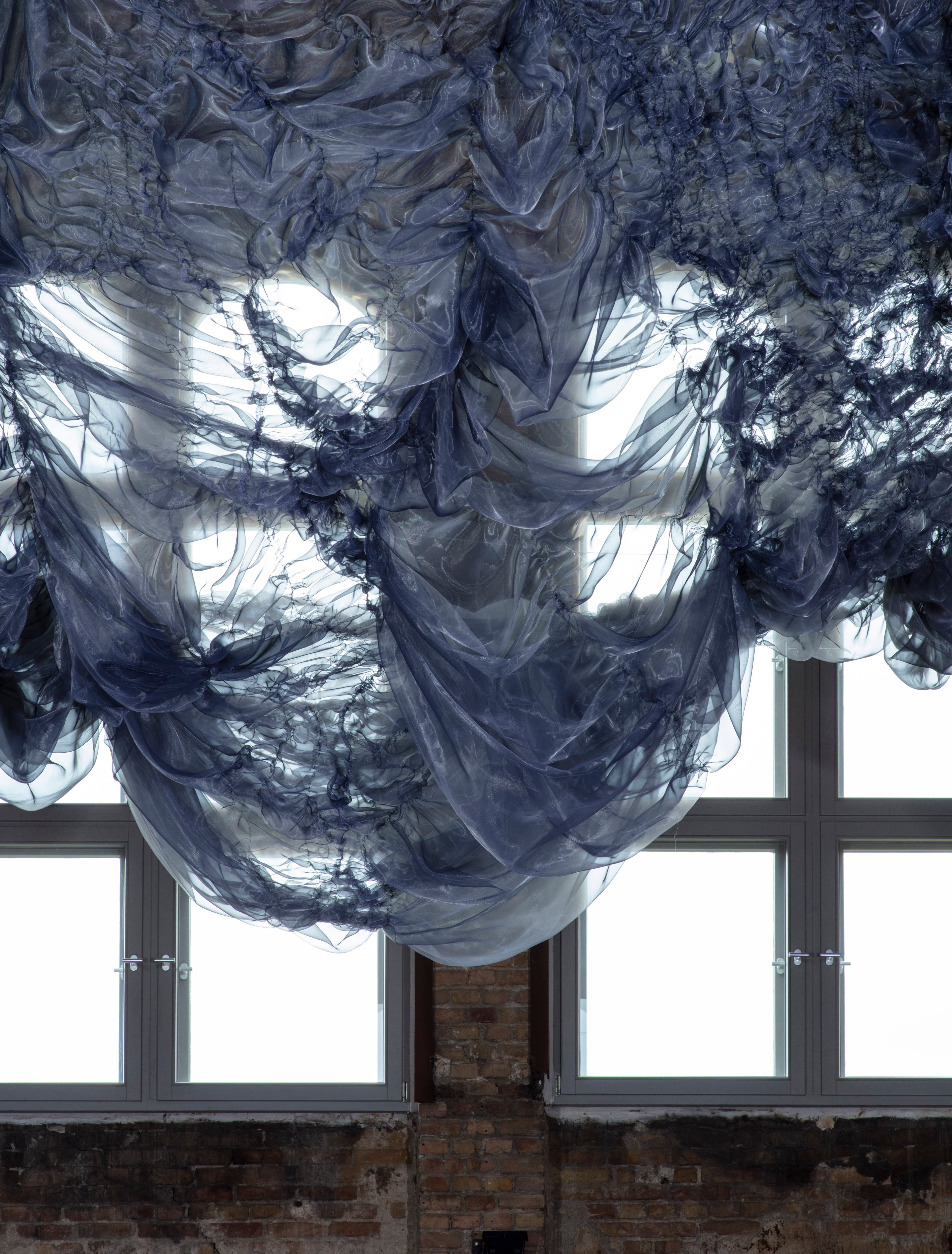
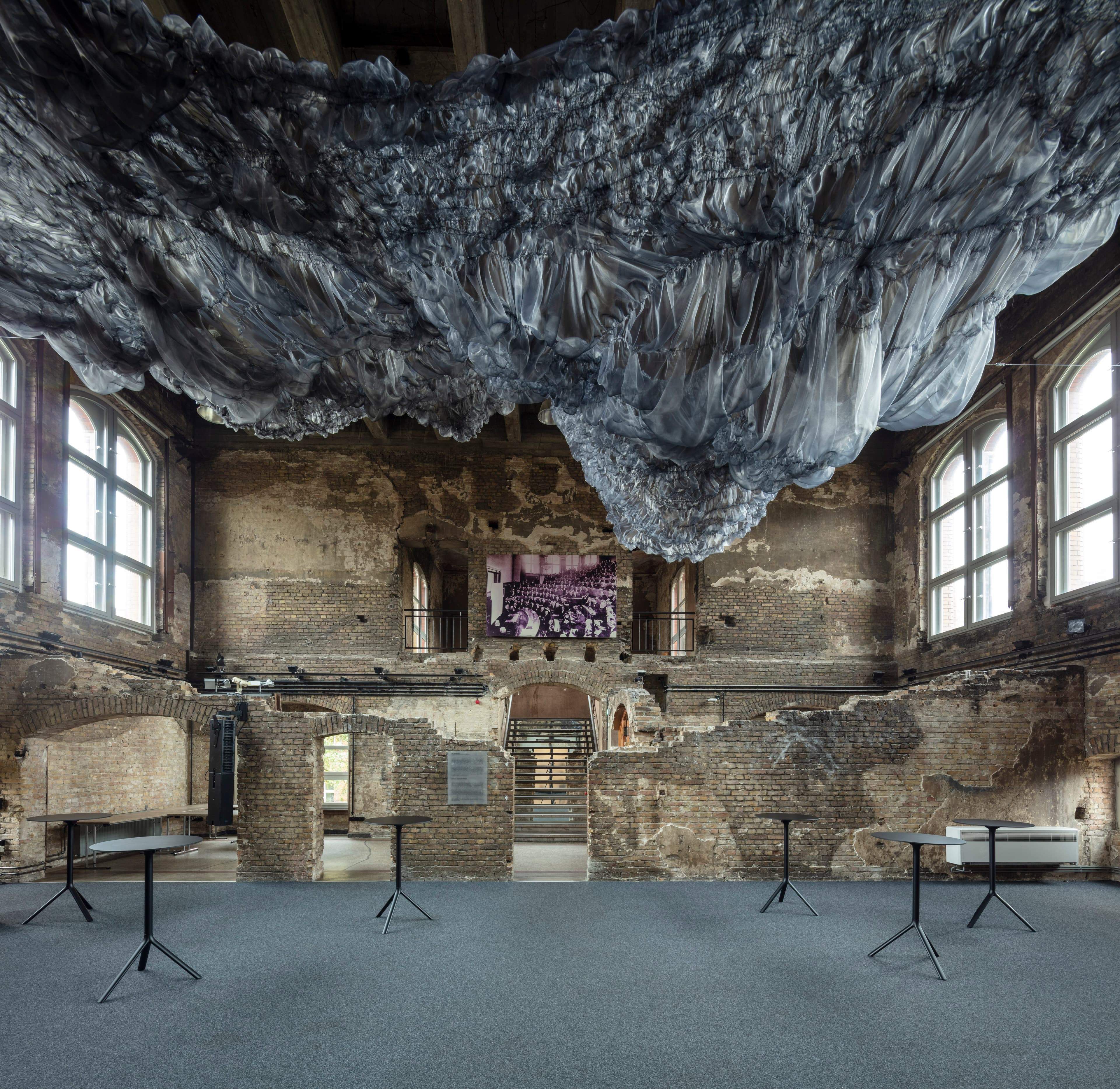
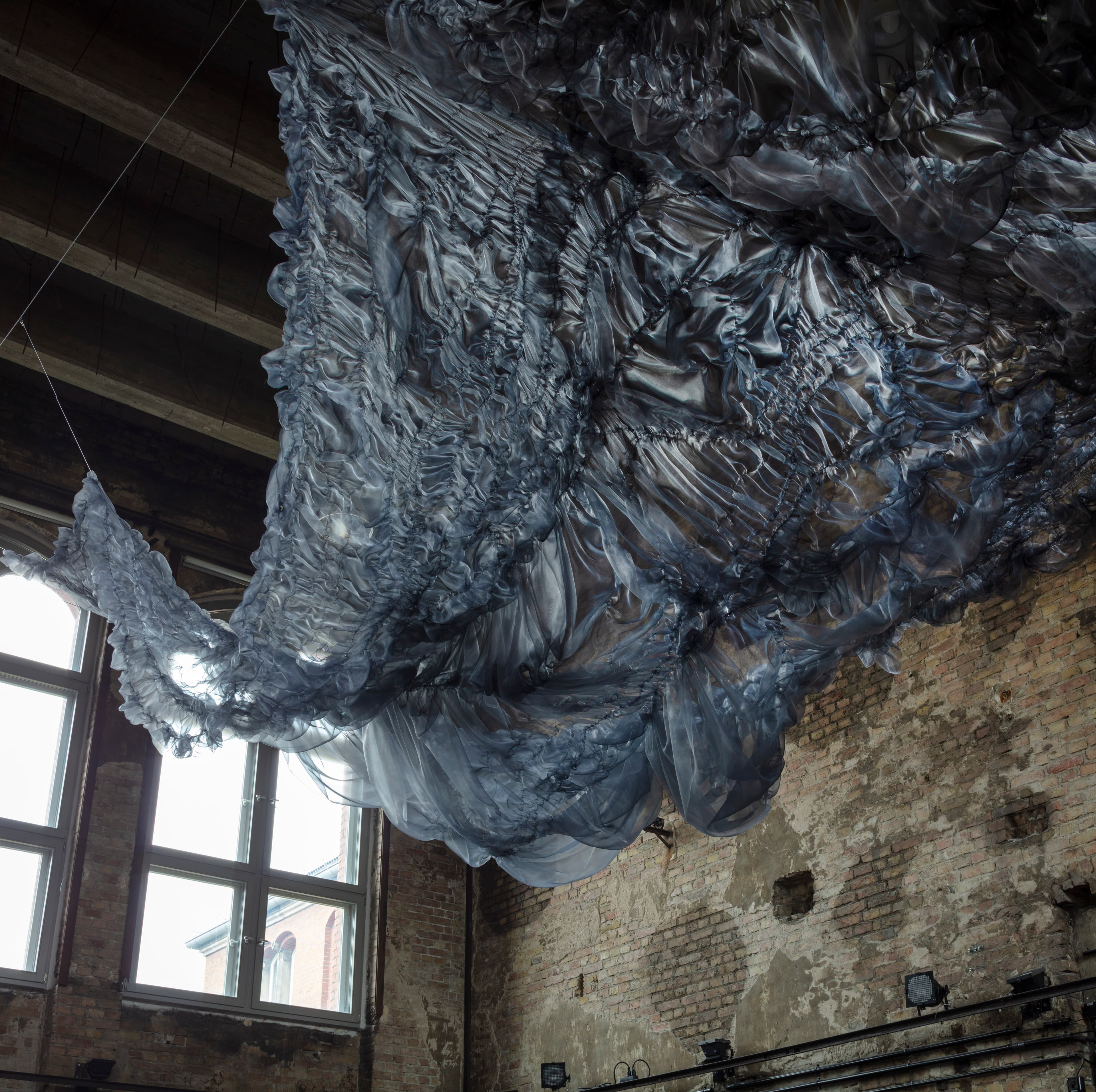
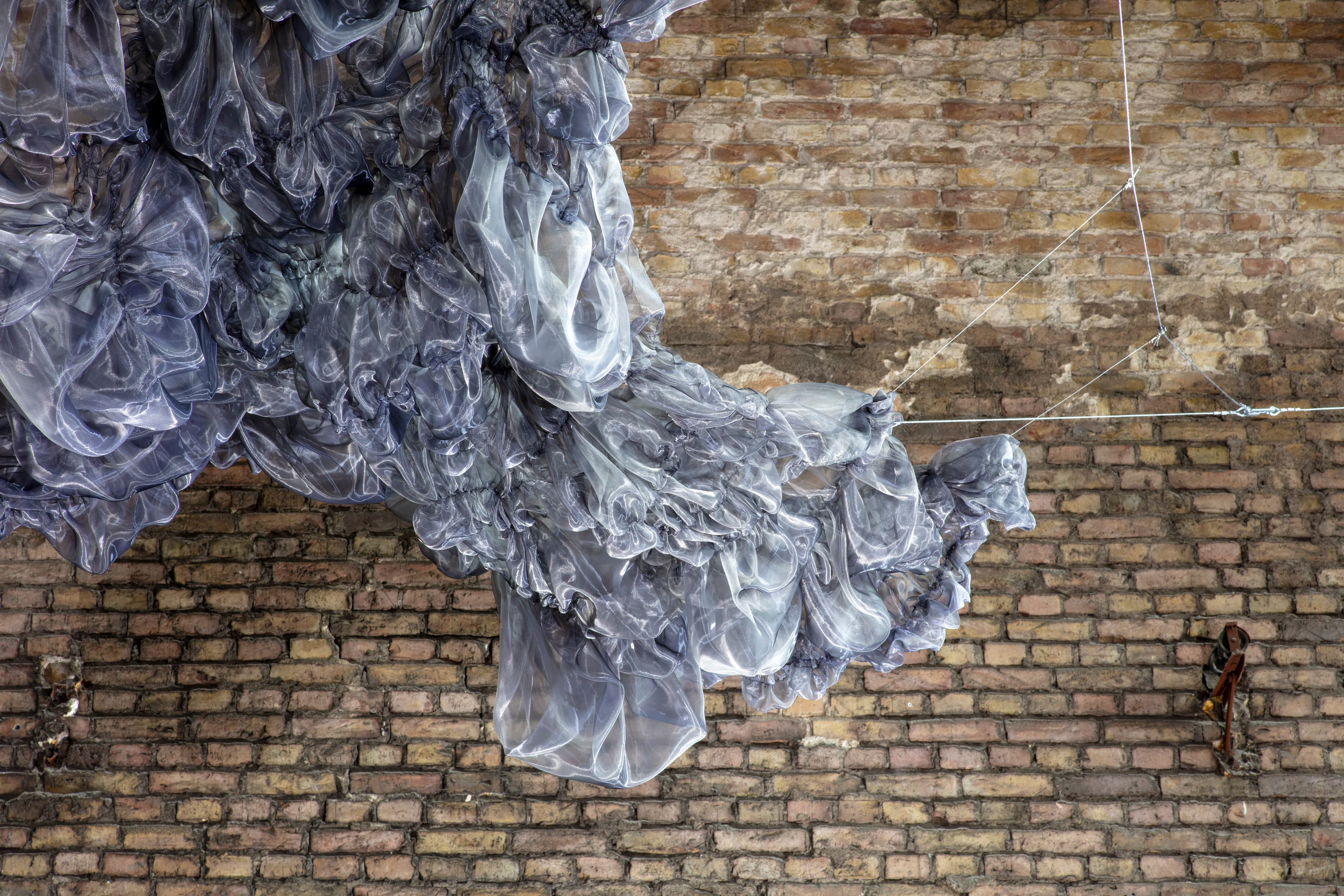
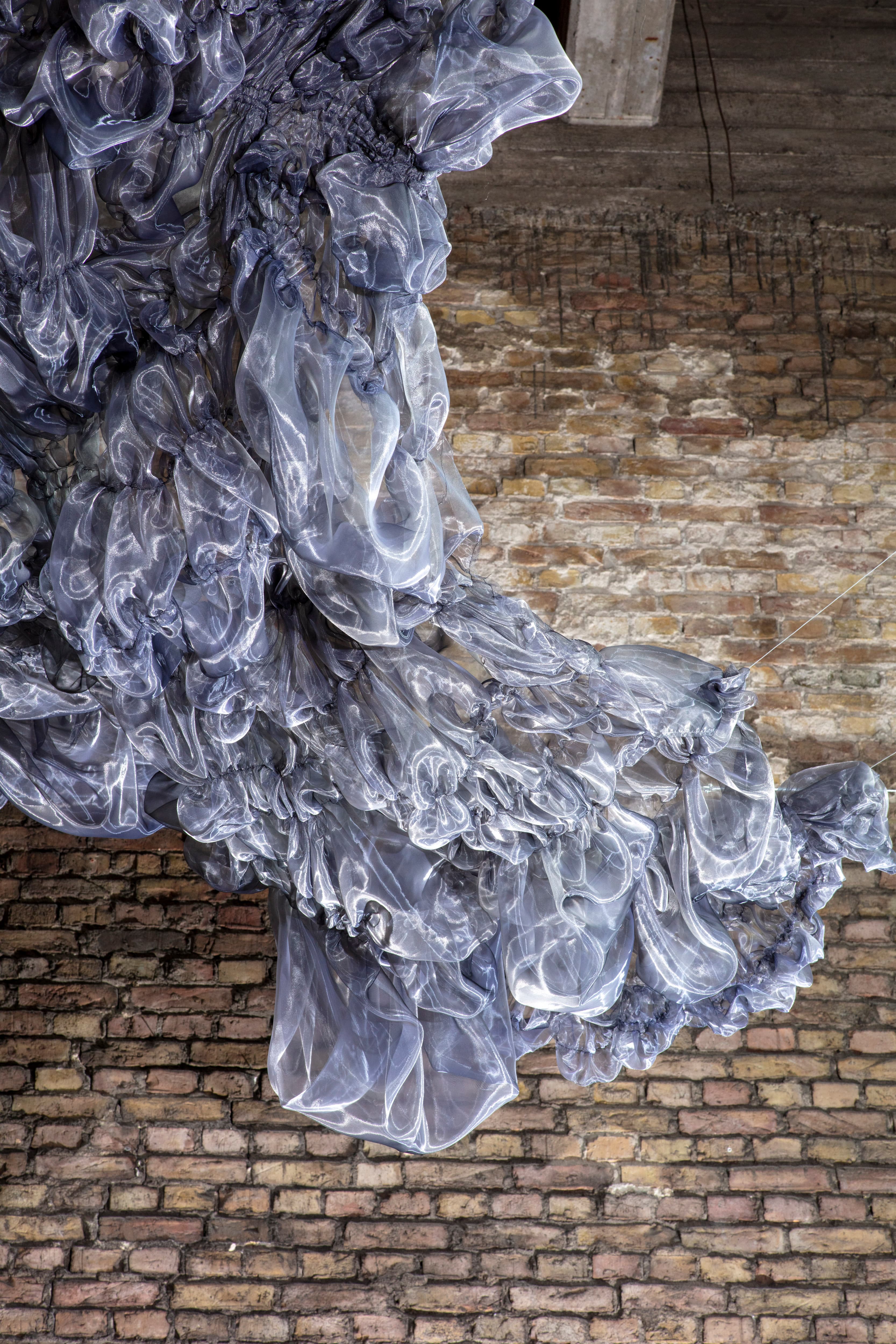
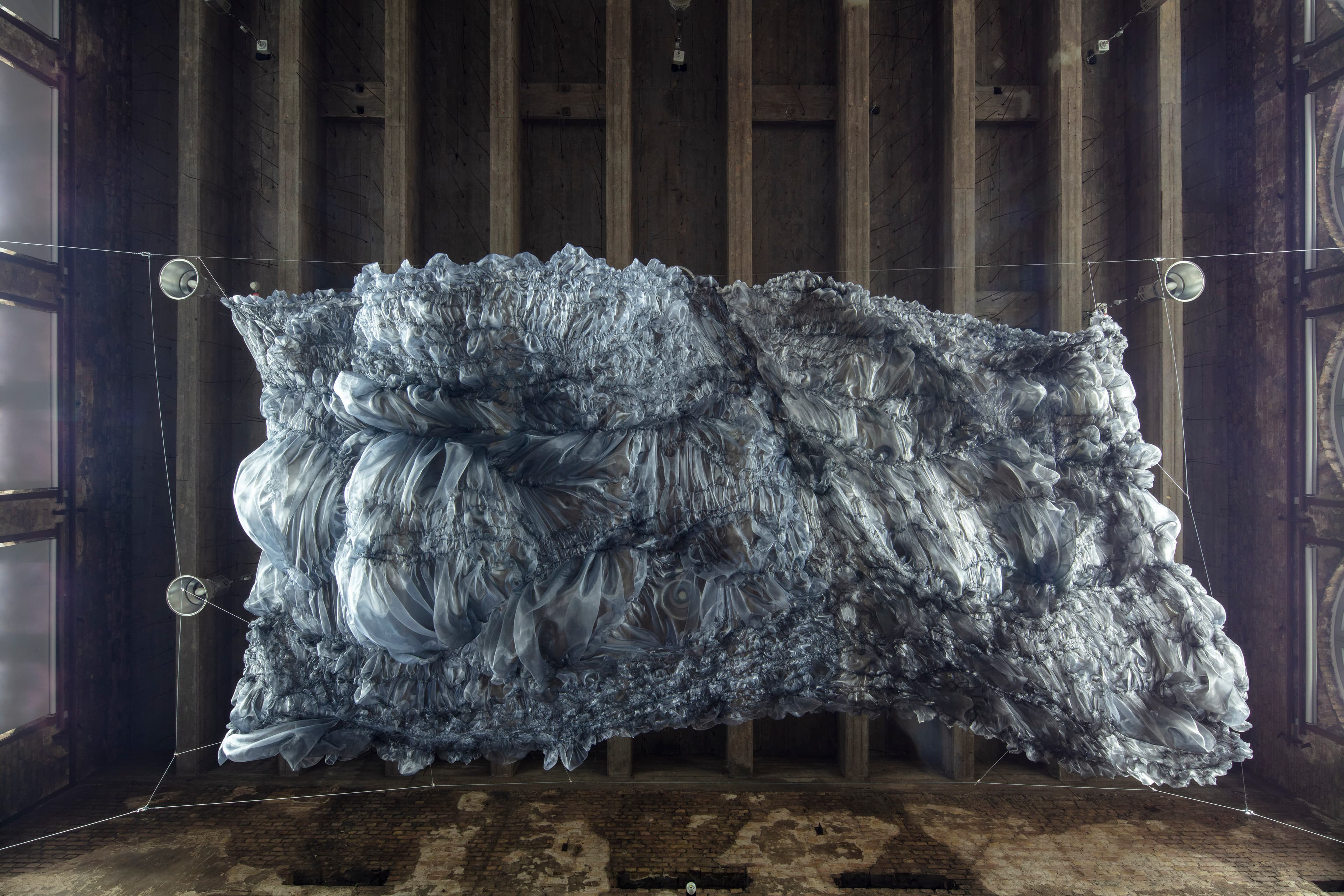
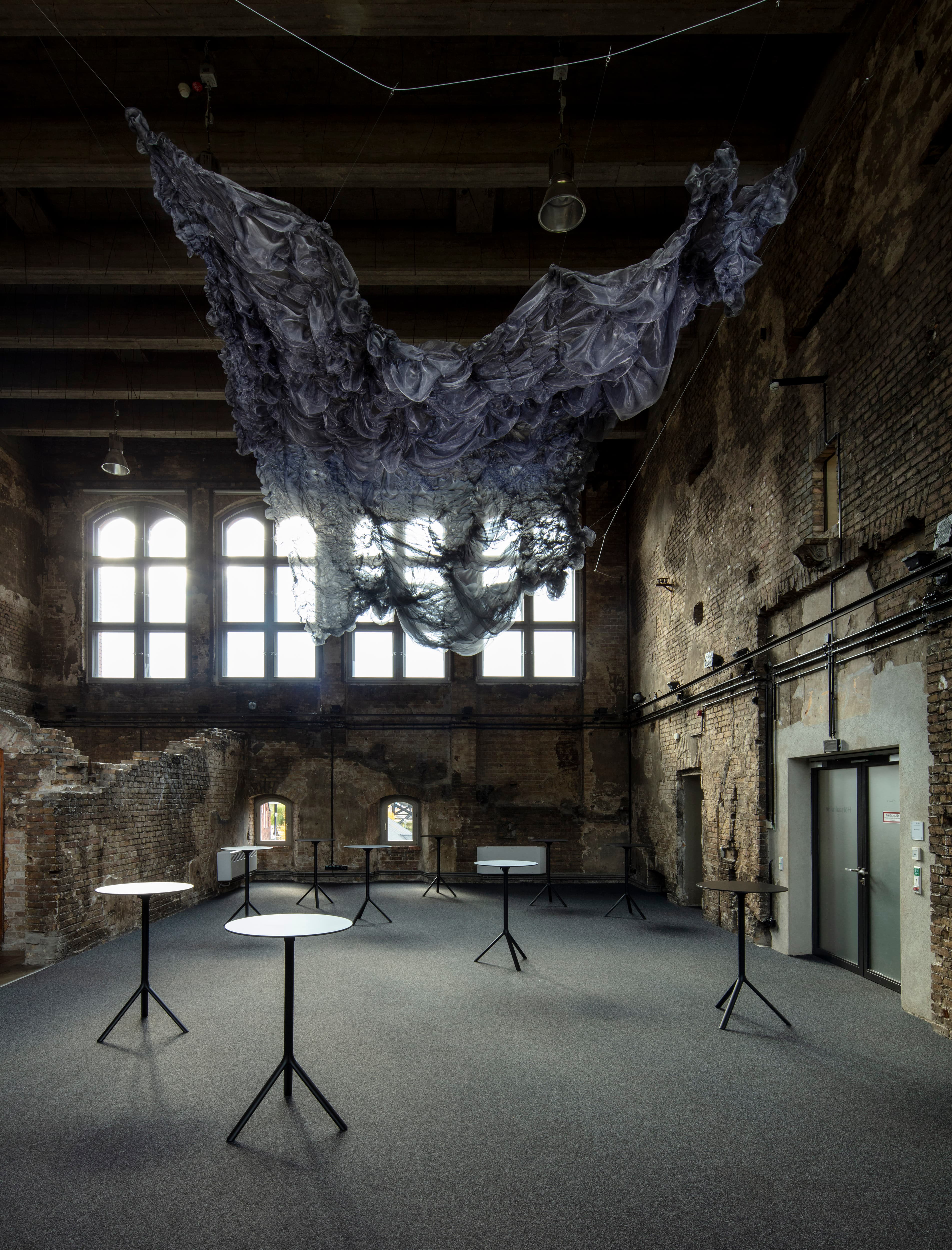
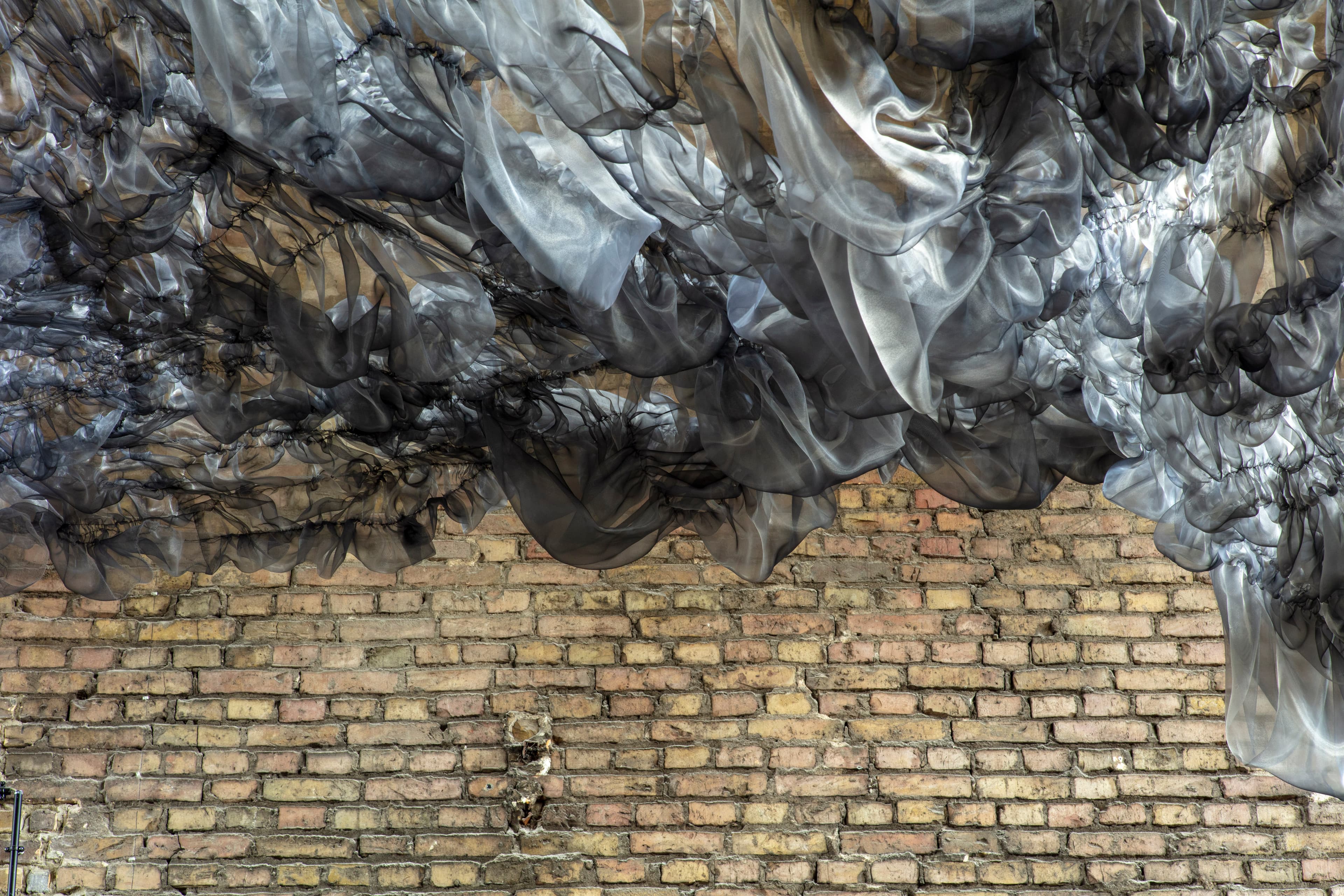
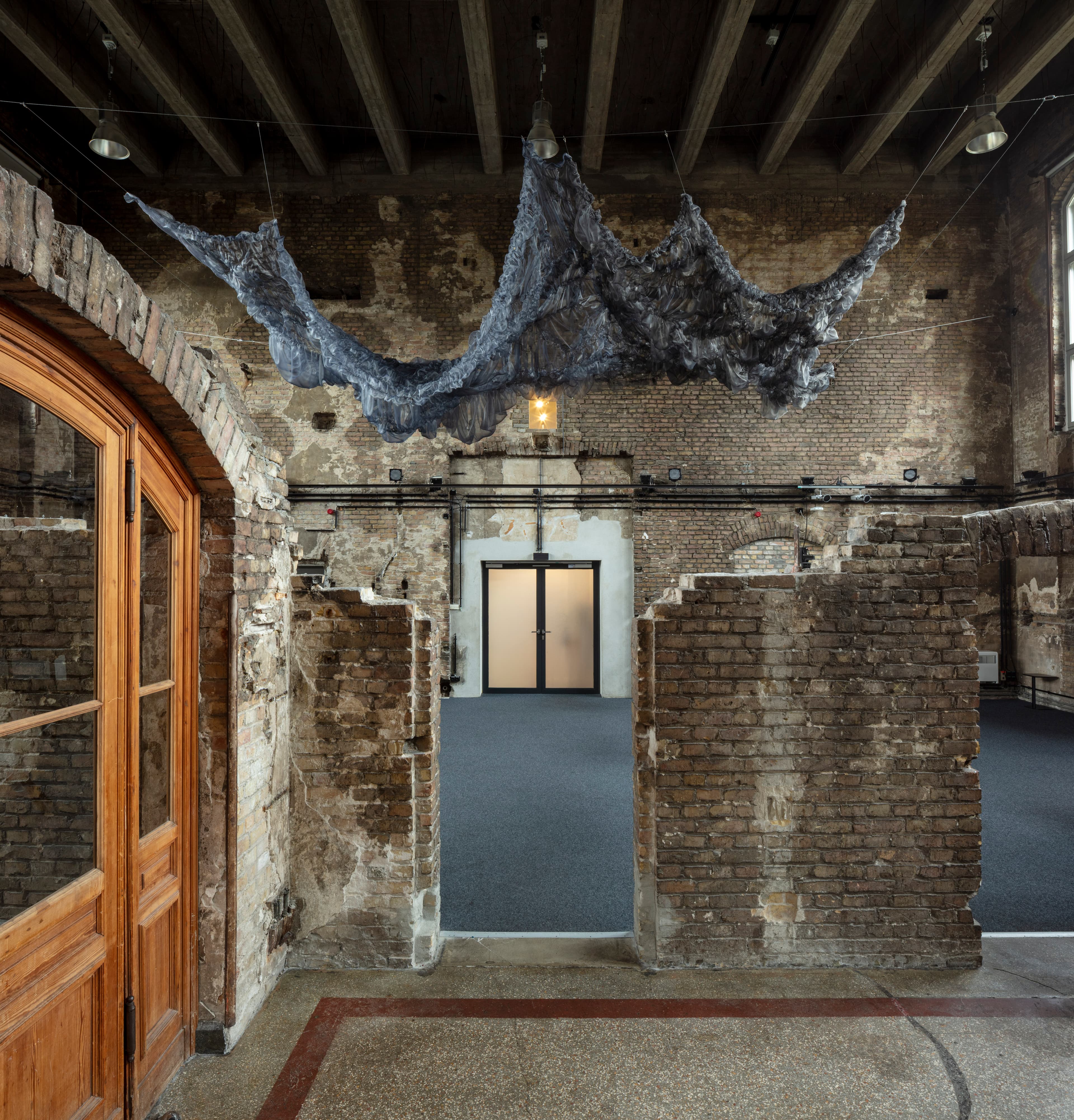
Ludger Paffrath
Ludwigstraße 7
80539 Munich
Tuesday ‒ Friday: 11 AM ‒ 6 PM
(1 PM ‒ 2 PM closed)
Saturday: 12 PM ‒ 4 PM